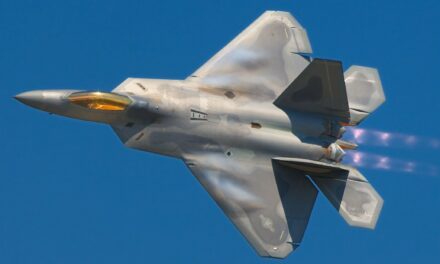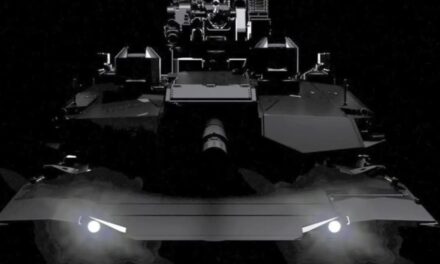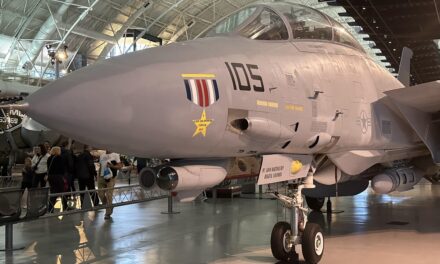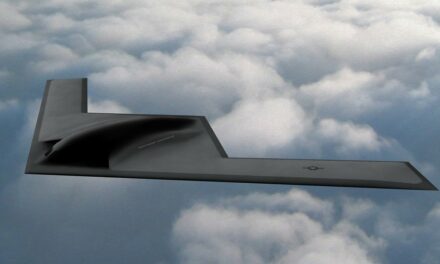We support our Publishers and Content Creators. You can view this story on their website by CLICKING HERE.
Game Changer: The M10 Booker, the U.S. Army’s new Mobile Protected Firepower vehicle, offers expeditionary capabilities for infantry operations.
Weighing 38 tons, it’s agile, air-deployable, and armed with a 105mm cannon, providing firepower for Infantry Brigade Combat Teams in challenging environments.
Unlike the heavier M1 Abrams, the Booker can travel via C-17 aircraft, with two units per transport, allowing rapid deployment to support high-speed operations, including airborne and amphibious missions.
Set to join the 82nd Airborne in 2025, the Booker enhances the Army’s multi-domain strategy by delivering mobile, lethal support to dismounted infantry in urban and complex terrain.
Meet the M10 Booker
Speed, maneuverability, and deployability are the three main terms best associated with the Army’s arriving M10 Booker Mobile Protected Firepower vehicle, a 38-ton armored fighting vehicle designed to keep pace with fast-moving discounted infantry units and provide mobile units with lethal firepower on the move.
M10 Booker: What We Know Right Now
The M10 Booker vehicle recently proved itself true to form by traveling on board a C-17 cargo aircraft, a development that confirms the vehicle can operate in an expeditionary, deployable manner.
While the Booker only has a 105mm cannon as opposed to the M1 Abrams tank’s 120mm, it brings deployable heavy firepower to attacking forces on the move while under enemy fire.
Why the Booker Is Needed
Since its inception, the M10 Booker or Mobile Protected Firepower vehicle has been intended to bring lethality and firepower to the Infantry Brigade Combat Team in a way that heavier vehicles such as the 70-ton Abrams tank simply cannot.
While the Army does not want to call the Booker a “light tank,” one way to think about it is what it can do that the Abrams cannot.
One of the most pressing limitations of the Abrams has long been known to be mobility; the Abrams is too heavy to cross many bridges or transit through more narrowly configured urban passageways. Simply put, it has trouble keeping pace and maneuvering with dismounted infantry which regularly needs to move quickly through uneven and challenging terrain and more condensed urban areas.
Apart from the high-speed, lethal maneuver, the M10 Booker aligns with the Army’s intense and growing emphasis on expeditionary operations. Certainly, the Abrams has what many see as an enduring place within the Army’s future arsenal, yet 70-ton tanks are tough to deploy.
The Abrams often need to travel by boat and spend weeks “staging” on location for proper maintenance and logistical support. The M10 Booker, however, can literally “airdrop” quickly from a C-17 cargo plane in support of fast-attacking infantry. Two M10 Bookers can travel on a single C-17, an aircraft able to transport only one Abrams tank.
Why the M10 Booker Is Needed
Armored expeditionary tactics are increasingly critical as warfare becomes much faster, networked, and multi-domain.
Boomer M10. Image Credit: U.S. Army.
For example, an ability to deploy by air means groups of M10 Bookers could support high-speed amphibious attacks into islands in the South China Sea or heavily contested coastal areas.
Perhaps of most tremendous significance, the ability to airdrop from a cargo plane gives the M10 Booker the ability to operate in close support of airborne operations and bring organic heavy fire support to air-dropped “forcible entry” missions to seize enemy territory from the air. This is likely why the Army plans to first deploy the M10 Booker with the 82nd Airborne unit in 2025.
“The Army is undertaking its most significant transformation in several decades to dominate in large-scale combat operations in a multidomain environment, and the M10 Booker is a crucial part of that transformation,” said Mr. Doug Bush, the assistant secretary of the Army for acquisition, logistics and technology said in an Army essay in April 2024,
The M10 Booker addresses a growing tactical deficit, given that warfare is becoming much faster, more networked, and multi-domain. Advancing infantry need supportive fires to breach an enemy perimeter or advance into occupied urban areas.
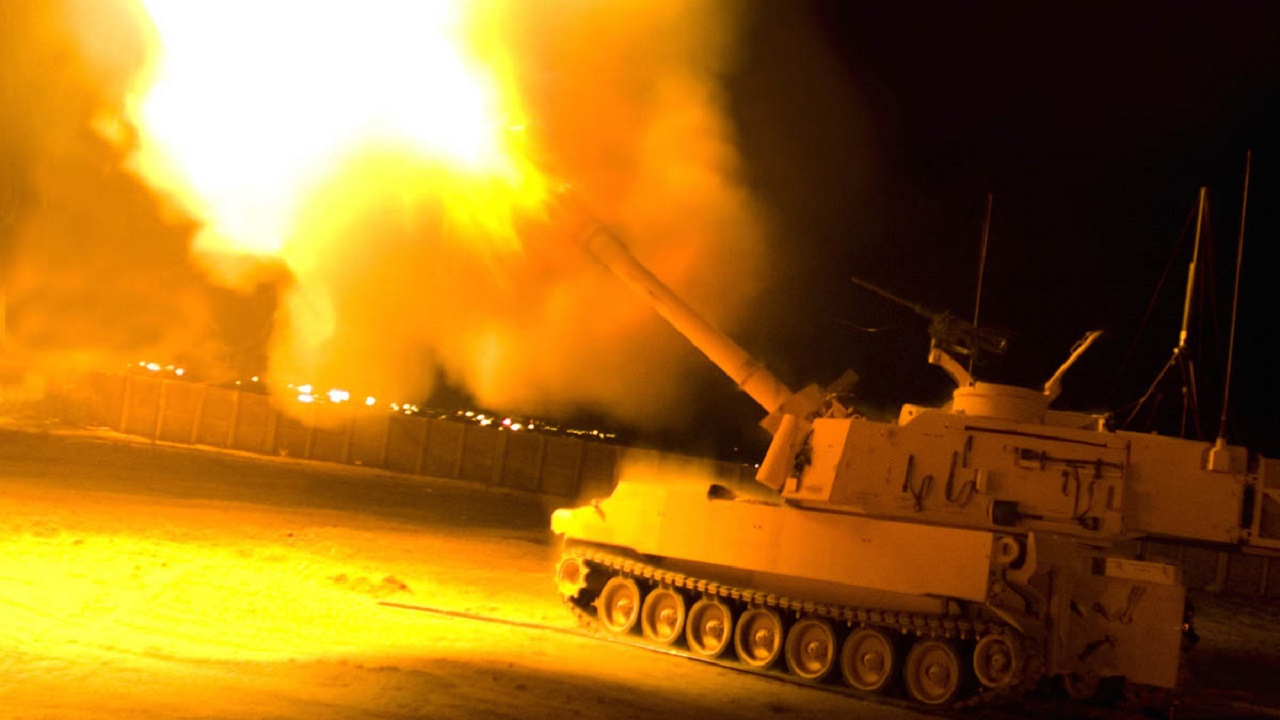
M109 firing. Image Credit: Creative Commons.
About the Author: Kris Osborn
Kris Osborn is the President of Warrior Maven – Center for Military Modernization. Osborn previously served at the Pentagon as a Highly Qualified Expert with the Office of the Assistant Secretary of the Army—Acquisition, Logistics & Technology. Osborn has also worked as an anchor and on-air military specialist at national TV networks. He has appeared as a guest military expert on Fox News, MSNBC, The Military Channel, and The History Channel.

 Conservative
Conservative  Search
Search Trending
Trending Current News
Current News 